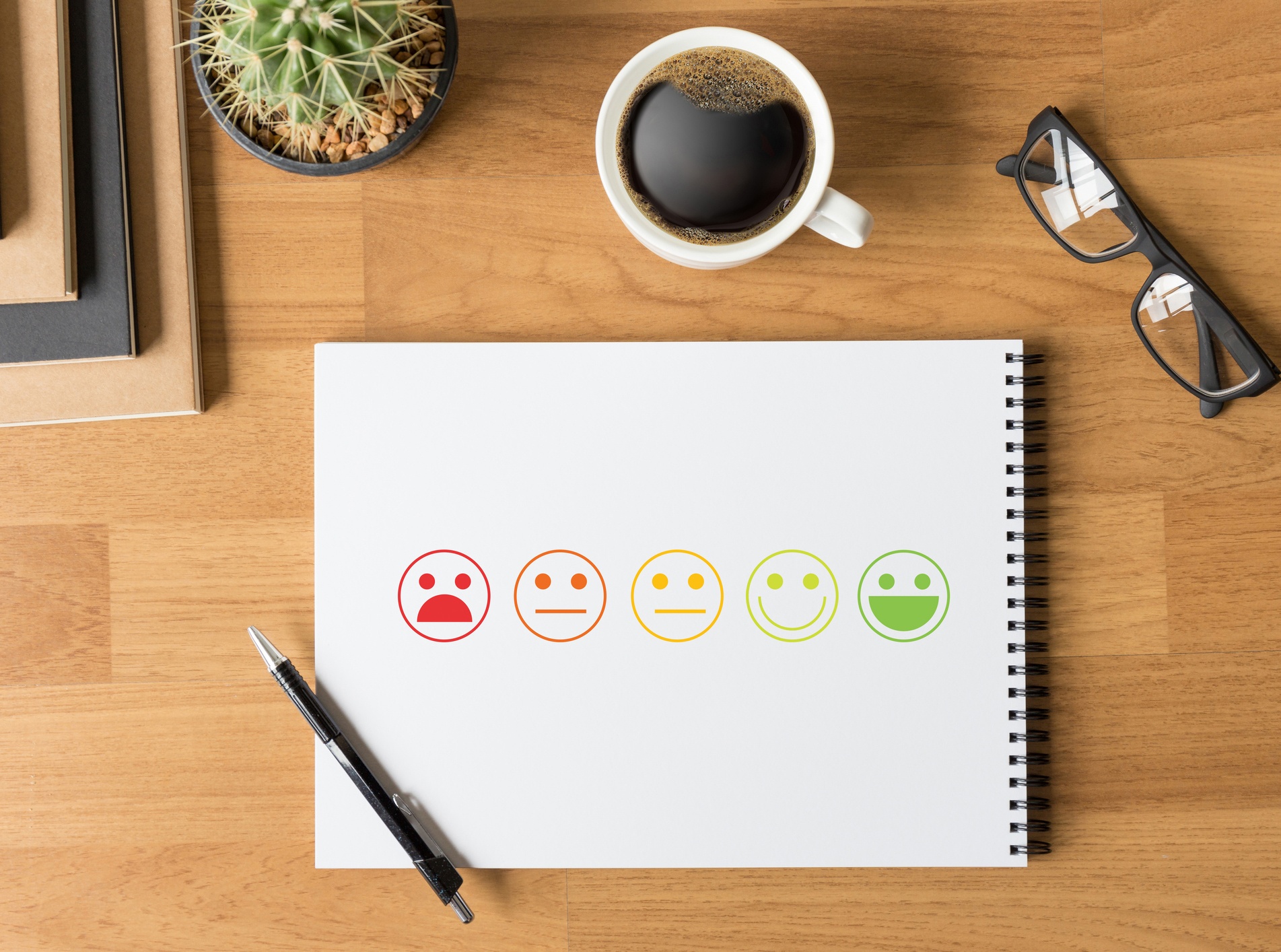
As businesses move from brick and mortar stores to online shops, they are able to reach a much larger and global audience base, increasing their sales potential. But that also signifies a significant increase in the competition as more companies are trying to woo the same set of people.
To survive in such cut-throat international competition, a strong differentiating factor and excellent customer service can make a good bet. While it seems like an obvious thing to provide great customer service, it is seldom the case with many companies.
The main issue is that companies make several policies, systems, and flowcharts for their customer service protocols, but they don’t monitor and assess them at regular intervals. They just install a live chat software tool and call it a day. The reality is that without constant performance evaluation, there is no way you can achieve a high level of customer satisfaction.

So if you are set on transforming your customer service performance, follow these tips.
#1. Set the Right Goals
You should be clear and transparent with the “why” part before jumping on to the “what” part of the equation. There is no point in putting up this effort unless you have a set goal that you want to achieve with such an evaluation. You’ll simply end up with different colorful reports showing a truckload of metrics that mean absolutely nothing for your business.
Try to define your customer service performance with a single metric that you need to focus on, and then make it your goal to increase (or decrease) it.
For example, let’s say your business is in the start-up phase. Here, customer acquisition would be your primary concern. So accordingly, your goal should be to boost customer acquisition rate. All the steps that you take should be directed toward this goal only.
#2. Build a Winning Strategy
Once you are clear about why you are evaluating the performance of your customer service and have a clear goal ready, you should craft a holistic strategy to reach that goal.
Your strategy should cover critical points such as:
- What are the metrics that need to be measured?
- What are the sources from where data can be collected?
- How frequently should the data be collected and analyzed?
- Who is accountable for preparing this report?
- How can this report be automated to mitigate human error?
Make sure that you document this strategy in your operations manual or a similar document because it would come in handy whenever there is ambiguity. Also, it is rare to come with the perfect strategy in the first attempt itself. Try to make a working strategy, then improve it based on the results that you are achieving. Don’t fret over perfection in the beginning; otherwise, you’ll fall prey to analysis paralysis.

#3. Select The Right Metrics
This is one of the most critical parts of your performance evaluation strategy—and often the most difficult one. Many businesses start measuring every other metric out there, thinking that the more metrics they evaluate, the better their results will be.
Alas, it only leads to a confusing report full of fluff and no real information. The right way is to logically deduce the metrics from the goal that you had set. For example, if your goal is to increase customer retention, you should focus on metrics such as “number of support tickets pending” and “average ticket resolution time.”
The best metrics for your strategy are the following.
Meaningful
These metrics have context and will directly influence the goal that we have set.
Measurable
They can be readily measured with available resources.
Impact the ROI
They affect the profitability of your business.
#4. Know Your Data Sources and Choose Wisely
As soon as you have figured out the metrics that you’ll be measuring, the final step is to decide where to fetch the data for those metrics. You should be measuring both quantitative as well as qualitative data in order to get the complete picture of performance.
Here are some of the ways to gather reliable data for your customer service performance.
Google Analytics
Google Analytics provides you with a plethora of critical data for the baseline metrics of your business. You should use these metrics to understand whether or not your customer service levels are helping out your business. For example, if “Number of returning users” has increased over a period, it means that your efforts are paying off.
ERP or Help Desk Software Reports
This is an obvious source of the bulk of your service performance metrics. Try to focus on only the metrics that matter and stay clear of the vanity metrics. Some of the useful metrics are “total tickets per channel,” “average response time,” and so forth.
Live Chat Software Reports
While your help desk software provides data for the whole customer service department, we often need to fetch data from individual channels to fully measure the performance. You can get deep insights into your live chat support operators performance using reports that you get from live chat software.
For example, you can measure metrics such as “average chat duration,” “average response time,” and several others that directly help in assessing the performance of live chat operators.
Besides, you can take qualitative feedback from the customers with end-chat surveys, as well as study chat transcripts to evaluate performance levels and the scope of improvement.
Real-time Operator Monitoring
Your customer support executives are the ones that face the customers directly. Hence, evaluating their performance is the most critical part in ensuring high quality of customer service. Most live chat software programs provide an option of real-time monitoring, which you should leverage. The same goes for phone support.
Social Media and App Store Data
Ensure that any query or concern or bad review being raised on any of your social media pages or app store is addressed as the highest priority.

Conclusion
Customer service is a factor that can make or break or your business and brand image. Excellent customer support earns you good word-of-mouth publicity and provides you an edge over your competitors. On the contrary, poor customer service can ruin the chances of growing your business.
To boost your customer service performance, you need to evaluate it first and try to make improvements based on that.
Enjoy the topic of today's blog? Make sure to share it with your social network using the share buttons below!

